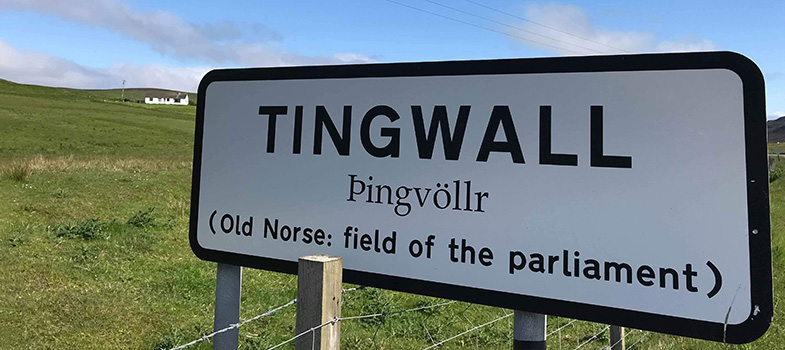Unit 6: Food & Drink
Introduction
In this unit we look at the role of the Scots language in an important area of Scottish life and in Scotland’s economy. Food and drink make up the largest sector of Scottish exports and this very successful industry employs almost 1 in 5 (18.8%) of all workers, most of them in small local businesses (Gates, 5 top exports for Scotland right now [Tip: hold Ctrl and click a link to open it in a new tab. (Hide tip)] , 2017).
You will learn about traditional Scottish fare; food and drink which are created from produce grown or sourced in Scotland. Not surprisingly, it is largely the geography of the country, its rugged hills and cool, damp climate that have determined the crops which can be grown and the animals which can be reared.
With just under 17,000 km of coastline, it is equally unsurprising that seafood features prominently on our menus. Scotland’s food and drink are celebrated so vibrantly in the nation’s literature and folk culture that there are references throughout to examples of these. Consideration of such examples will raise your awareness of Scotland’s culture and attitudes to Scottish staple foods and drinks.
Two books have defined the nature of Scottish cookery for several generations of consumers: The Meg Dods Cookery Book by Margaret Dods (1823) and The Scots Kitchen, Its lore and recipes by F. Marian McNeill (1929).
However, with increased availability of international ingredients, you may consider there is now no such thing as distinctive Scottish fare. Yet, on the other hand, you may well believe that the traditional Scots kitchen is undergoing a gastronomic revolution.
Important details to take notes on throughout this unit:
- The influence of geography on the production of Scottish food and drink
- Food and drink: their role in Scottish culture
- The Scottish eating and drinking habits and the nation’s health
- A gastronomic trend.
Activity 1 
Before commencing your study of this unit, you may wish to jot down some thoughts on any of the four important details we suggest you take notes on throughout this unit. You could write down what you already know about each/any of these four points, as well as any assumption or question you might have. You will revisit these initial thoughts again when you come to the end of the unit.
